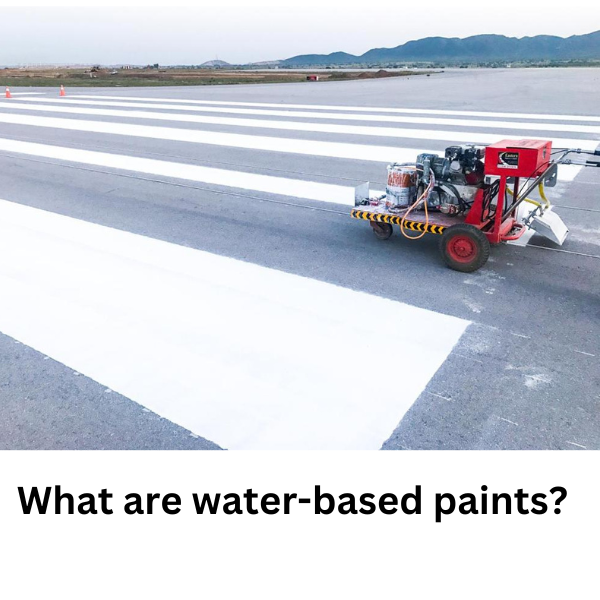Augmented reality (AR) has rapidly evolved from a futuristic concept to a tangible reality. Its potential to reshape industries and transform how we interact with the world is immense. As technology continues to advance, the future of augmented reality promises to be even more exciting and transformative.
Understanding Augmented Reality
Before delving into the future, let’s clarify what augmented reality is. It’s a technology that overlays digital information onto the physical world, enhancing our perception of reality. Unlike virtual reality (VR) which immerses users in a completely artificial environment, AR enhances the real world by adding virtual elements to it.
The Future of Augmented Reality: A Glimpse
The future of augmented reality is full of exciting possibilities.It is set to renovate numerous industries and redefine our daily interactions. Its potential for growth and innovation is immense. Let’s explore some key areas where AR is poised to make a significant impact:
Retail
The retail industry is undergoing a significant transformation with the integration of AR. Virtual try-ons for apparel, cosmetics, and accessories are becoming increasingly common. AR can also enhance product demonstrations and provide interactive product information, leading to improved customer engagement and satisfaction.
Gaming and Entertainment
AR is changing the gaming industry by creating immersive experiences that blur the lines between the digital and physical world. From location-based games to interactive storytelling, AR offers endless possibilities for entertainment. Additionally, AR can enhance live events, concerts, and sports by providing interactive elements and exclusive content for fans.
Education
AR has the potential to revolutionise education by creating engaging and interactive learning experiences. Students can visualise complex concepts, conduct virtual experiments, and explore historical events in a more immersive way. AR can also be used for training and simulations in various fields, improving knowledge retention and skill development.
Healthcare
The healthcare industry is exploring the potential of AR for various applications, including surgical planning, medical training, patient education, and remote consultations. AR can provide real-time data and visual overlays to assist surgeons during procedures, improve patient outcomes, and enhance medical education.
Manufacturing and Industry
AR is transforming manufacturing processes by providing real-time information, improving efficiency, and enhancing worker safety. AR can be used for assembly instructions, quality control, maintenance, and remote troubleshooting. Additionally, AR can be used in supply chain management and logistics for tasks like inventory management and warehouse optimization.
Real Estate
AR is changing the way people experience real estate. Virtual property tours, interior design visualisation, and spatial planning are becoming increasingly popular. AR can help potential buyers visualise properties and make informed decisions, while also assisting real estate agents in showcasing properties effectively.
Automotive
The automotive industry is exploring the potential of AR for various applications, including navigation, augmented reality displays, and vehicle maintenance. AR can provide drivers with real-time information about traffic conditions, points of interest, and vehicle performance. Additionally, AR can be used for training technicians and diagnosing vehicle issues.
Travel and Tourism
AR can enhance the travel experience by providing interactive maps, virtual tours of landmarks, and augmented reality guides. AR can also be used for language translation, currency conversion, and personalised recommendations.
Traffic Safety
AR is transforming the architecture and construction industry by enabling architects and designers to visualise building designs in real-world settings. AR can also be used for construction planning, site inspections, and project management. Additionally, augmented reality for road marking is emerging as a potential tool for improving road safety and efficiency.
Defence and Military
The defence and military sectors are utilising the potential of AR for training, simulation, and battlefield operations. AR can provide soldiers with real-time information about their surroundings, enhance situational awareness, and improve decision-making.
Challenges and Considerations
While the future of augmented reality is bright, there are challenges to overcome. Developing high-quality AR experiences requires significant computational power and advanced hardware. Ensuring privacy and security as AR becomes more integrated into our lives is also crucial. Additionally, addressing potential issues like addiction and distraction will be essential.
Conclusion
The future of augmented reality is undeniably exciting. As technology continues to advance, we can expect to see even more innovative and groundbreaking applications emerge across various industries. By understanding the potential of AR and addressing the associated challenges, businesses and individuals can position themselves to thrive in this rapidly evolving landscape. The future of augmented reality is not just about technology; it’s about enhancing human experiences and creating a more connected and immersive world.









